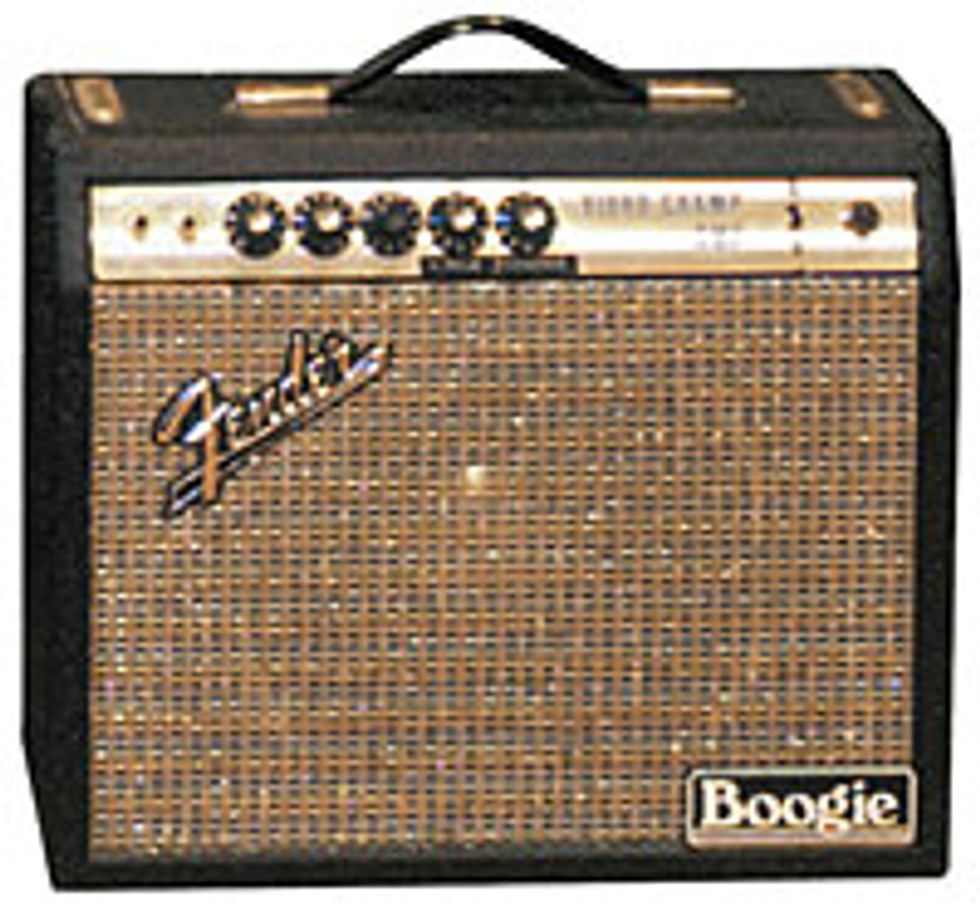I've owned a few used Marks now... a Mark I, IIb, IIc+, and III.
All of them sound best when the bass EQ knob is set very low.
Does anyone use these amps with the bass set high? And how do you have the rest of the amp set? What kind of music/environment/application benefits from this?
Just wondering what led the decision to voice these amps in such a way that the bass response is so overwhelming that the stock recommendation is to set the bass knob very low.
Thanks, merely curious, if anyone has an idea.
All of them sound best when the bass EQ knob is set very low.
Does anyone use these amps with the bass set high? And how do you have the rest of the amp set? What kind of music/environment/application benefits from this?
Just wondering what led the decision to voice these amps in such a way that the bass response is so overwhelming that the stock recommendation is to set the bass knob very low.
Thanks, merely curious, if anyone has an idea.























